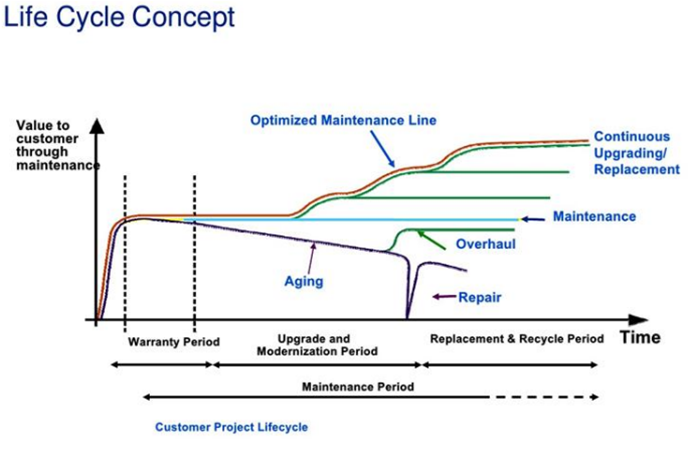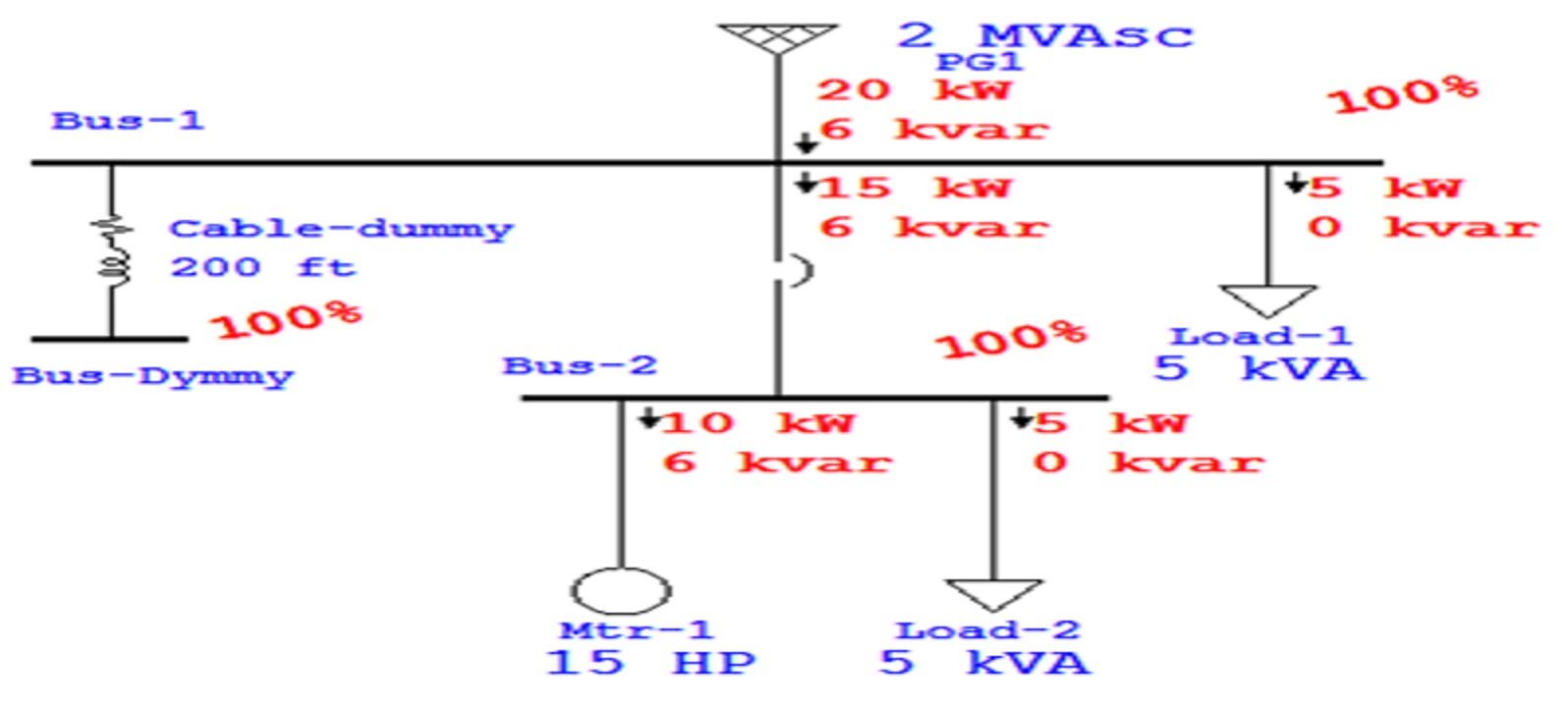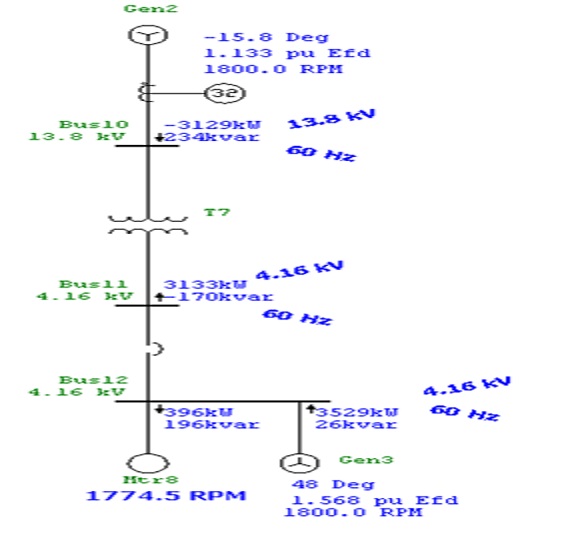System Study
OUR SERVICES
Electric System Study
The electric system refers to the network of interconnected components that generate, transmit, and distribute electricity to power homes, industries, and infrastructure. It includes power plants, transformers, transmission lines, substations, and distribution networks. Designed for efficiency and reliability, the electric system plays a crucial role in modern life, enabling everything from lighting and appliances to advanced technologies and communication systems.
ETAP Study
ETAP (Electrical Transient Analysis Program) is the most comprehensive analysis tool for the design and testing of power systems available.
ETAP has been designed and developed by engineers for engineers to handle the diverse discipline of power systems for a broad spectrum of industries in one integrated package.
ETAP allows us to easily create and edit graphical one-line diagrams (OLD), advanced time-current coordination and selectivity plots, and perform other Power system studies.
RLA/LEAP Study
- Residual Life Assessment or Life Expectancy Analysis Program study is required for Generator to evaluate the condition of machine based on various tripping, faults, operational aspects, aging.
- Data collection , operating parameters
- History of machine operation hours related
- No. of start/stop/trippings
- Electrical faults
- Over speeding of machines
- Electrical test results and its diagnostic, trend analysis
- NDT test results and its diagnostic
- Engineering evaluation of Insulations, windings, core, shaft , metallurgy
- Calculations and evaluation report
- Recommendations based on fact findings and study

Relay Cordination
The objective of a protection scheme in a power system is to minimize hazards to personnel and equipment while allowing the least disruption of power service.
Coordination studies are required to select or verify the clearing characteristics of devices such as fuses, circuit breakers, and relays used in the protection scheme. These studies are also needed to determine the protective device settings that will provide selective fault isolation.
In a properly coordinated system, a fault results in interruption of only the minimum amount of equipment necessary to isolate the faulted portion of the system. The power supply to loads in the remainder of the system is maintained. The goal is to achieve an optimum balance between equipment protection and selective fault isolation that is consistent with the operating requirements of the overall power system.
Short-circuit calculations are a prerequisite for a coordination study. Short-circuit results establish minimum and maximum current levels at which coordination must be achieved and which aid in setting or selecting the devices for adequate protection.
Harmonic Analysis
A harmonic-producing load can affect other loads if significant voltage distortion is caused. The voltage distortion caused by the harmonic-producing load is a function of both the system impedance and the amount of harmonic current injected.
The mere fact that a given load current is distorted does not always mean there will be undue adverse effects on other power consumers. If the system impedance is low, the voltage distortion is usually negligible in the absence of harmonic resonance. However, if harmonic resonance prevails, intolerable harmonic voltage and currents are likely to result.
Some of the primary effects of voltage distortion are the following: Control/computer system interference Heating of rotating machinery Overheating/failure of capacitors
Typically, ETAP for harmonic analysis will provide the engineer with the capability to compute the frequency response of the power system and to display it in a number of useful graphical forms. The programs provide the capability to predict the actual distortion based on models of converters, arc furnaces, and other nonlinear loads.
Load flow analysis
Load flow studies determine the voltage, current, active and reactive power and power factor in a power system.
Load flow studies are an excellent tool for system planning. A number of operating procedures can be analyzed, including contingency conditions, such as the loss of a generator, a transmission line, a transformer, or a load.
These studies will alert the user to conditions that may cause equipment overloads or poor voltage levels.
Load flow studies can be used to determine the optimum size and location of capacitors for power factor improvement.
Also, they are very useful in determining system voltages under conditions of suddenly applied or disconnected loads.
The results of a load flow study are also starting points for stability studies.

Short circuit analysis
Short-circuit studies are done to determine the magnitude of the prospective currents flowing throughout the power system at various time intervals after a fault occurs.
The magnitudes of the currents flowing through the power system after a fault vary with time until they reach a steady-state condition. This behavior is due to system characteristics and dynamics.
During this time, the protective system is called on to detect, interrupt, and isolate these faults. The duty imposed on this equipment is dependent upon the magnitude of the current, which is dependent on the time from fault inception.
This is done for various types of faults (three-phase, phase-to-phase, double-phase-to-ground, and phase-to-ground) at different locations throughout the system.
The information is used to select fuses, breakers, and switchgear ratings in addition to setting protective relays.

Motor Starting Analysis
The starting current of most ac motors is several times normal full load current. Both synchronous and induction motors can draw five to ten times full load current when starting them across the line.
Motor-starting torque varies directly as the square of the applied voltage. If the terminal voltage drop is excessive, the motor may not have enough starting torque to accelerate up to running speed. Running motors may stall from excessive voltage drops, or undervoltage relays may operate.
In addition, if the motors are started frequently, the voltage dip at the source may cause objectionable flicker in the lighting system.
By using motor-starting study techniques, these problems can be predicted before the installation of the motor. If a starting device is needed, its characteristics and ratings can be easily determined.
ETAP will calculate speed, slip, electrical output torque, load current, and terminal voltage data at discrete time intervals from locked rotor to full load speed. Also, voltage at important locations throughout the system during start-up can be monitored.
The study can help select the best method of starting, the proper motor design, or the required system design for minimizing the impact of motor starting on the entire system.

Stability Analysis
The ability of a power system, containing two or more synchronous machines, to continue to operate after a change occurs on the system is a measure of its stability.
The stability problem takes two forms: steady-state and transient. Steady-state stability may be defined as the ability of a power system to maintain synchronism between machines within the system following relatively slow load changes. Transient stability is the ability of the system to remain in synchronism under transient conditions, i.e., faults, switching operations, etc.
In an industrial power system, stability may involve the power company system and one or more in-plant generators or synchronous motors. Contingencies, such as load rejection, sudden loss of a generator or utility tie, starting of large motors or faults (and their duration), have a direct impact on system stability. Load-shedding schemes and critical fault-clearing times can be determined in order to select the proper settings for protective relays.
These types of studies are probably the single most complex ones done on a power system. A simulation will include synchronous generator models with their controls, i.e., voltage regulators, excitation systems, and governors. Motors are sometimes represented by their dynamic characteristics as are static VAR compensators and protective relays.

